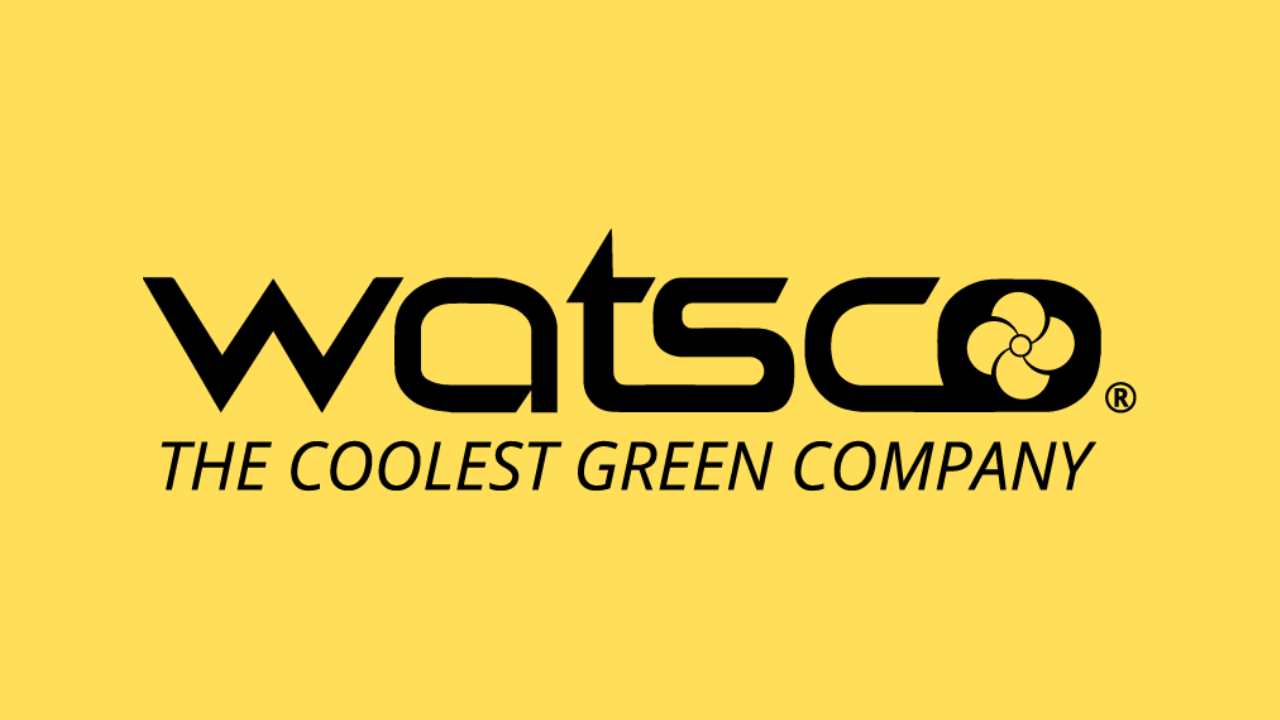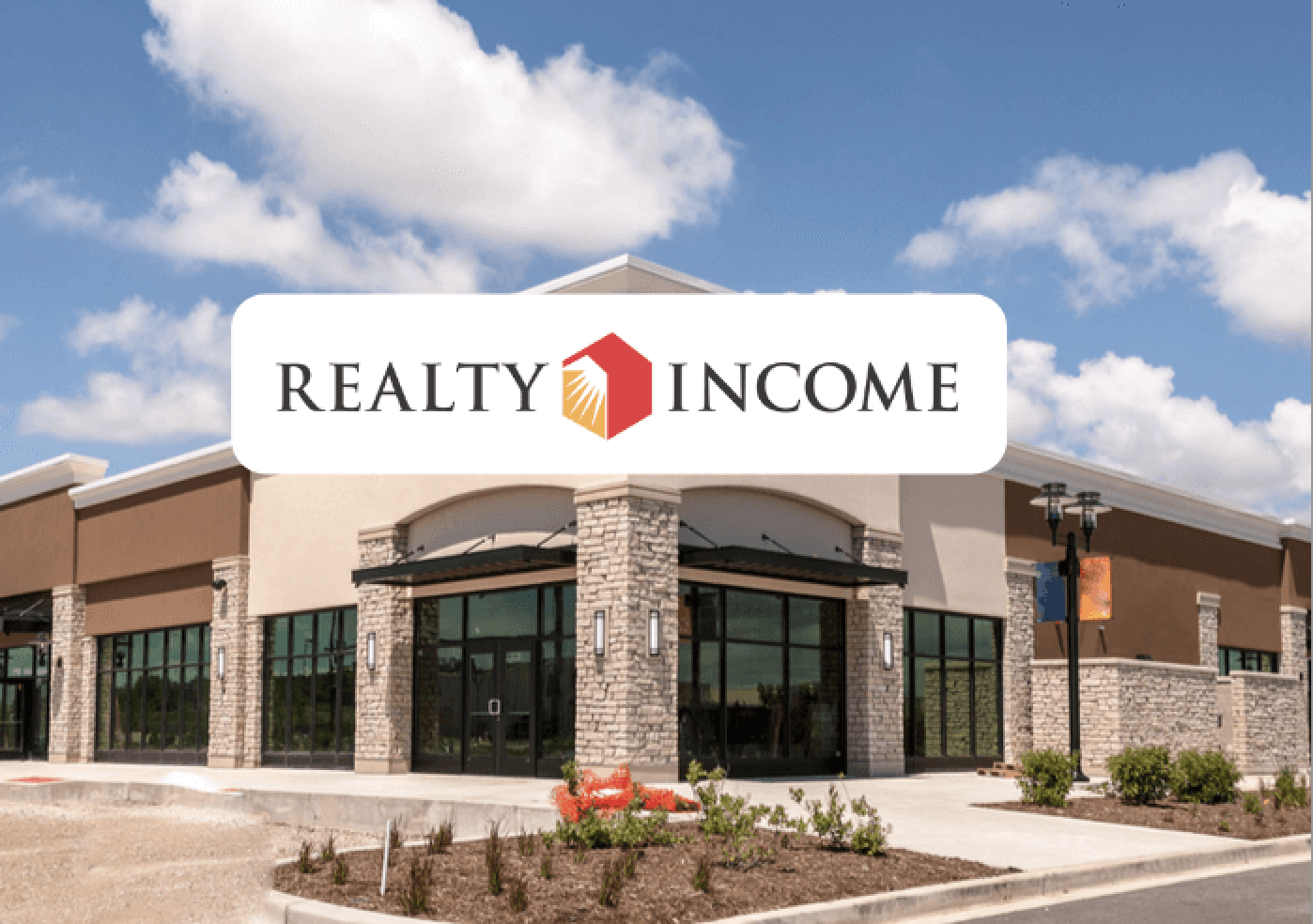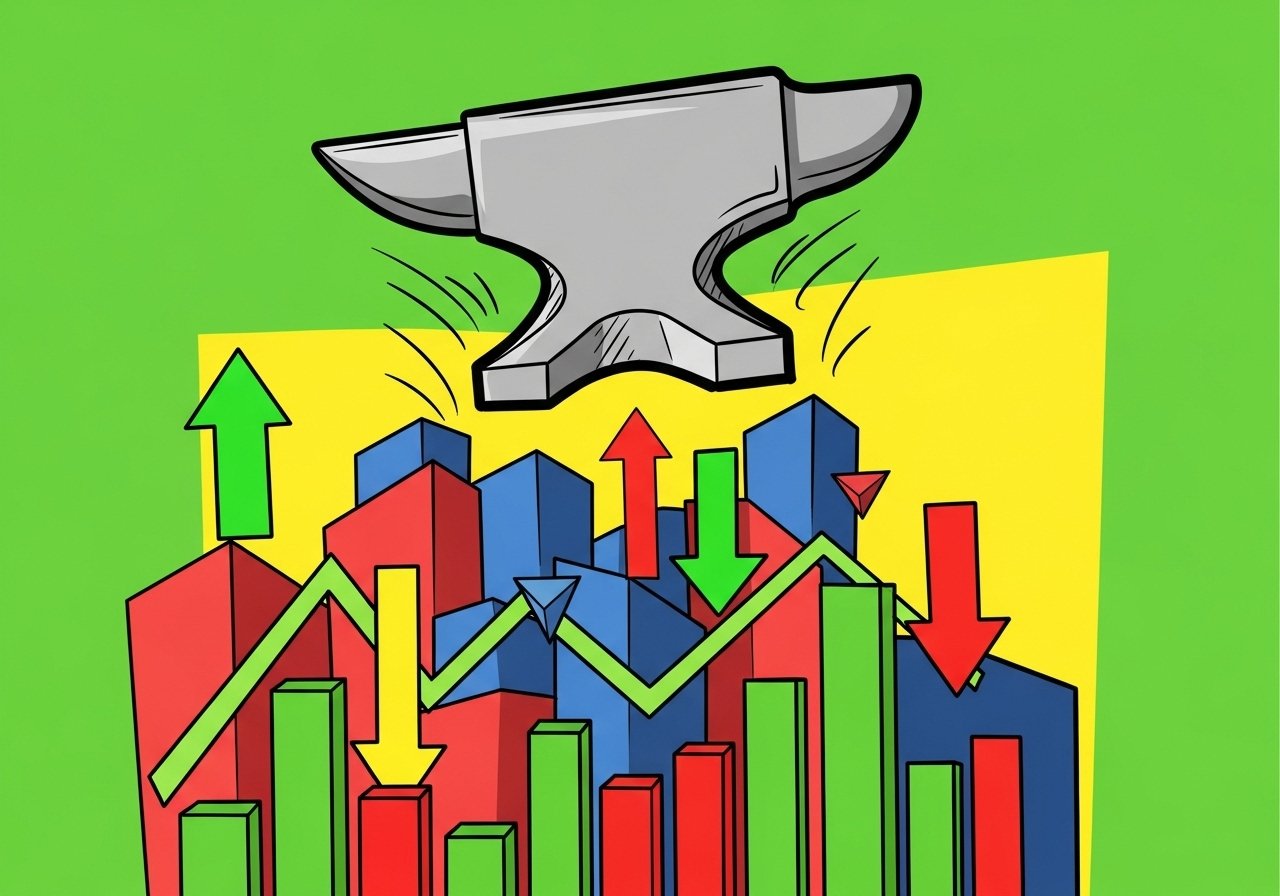Why I’m Buying More Watsco (WSO)
Disclaimer: This page contains some affiliate links that might just lead you to the promised land of awesomeness (or at least some cool products). I may receive commissions for purchases made through links in this post.
A couple of weeks ago, I wrote about Watsco (WSO) as my top dividend stock to buy in October.
In that article, I spent most of the time talking about the quantitative side of the business — things like revenue growth, free cash flow growth, dividend stats, etc. All of that stuff is important, but it’s really only part of the equation when you’re thinking about a potential investment.
In fact, the more time I spend analyzing companies, the more I’ve realized that the qualitative factors — the things you don’t see on a spreadsheet — are often what matter most.
With that in mind, I want to revisit Watsco. Not from a numbers-first perspective, but through the non-numerical aspects of the business — how it operates, why it works, and why I’m excited to own it for what I hope will be a very long time.
Timeless Demand
At its core, Watsco is a business built on necessity. If your air conditioner goes out in the middle of summer, or if your heater dies in the middle of winter, you’ll waste no time calling someone to come out and fix it.
I don’t think we have any reason to believe that will ever change, which creates constant, recurring demand for the HVAC industry and its participants.
As a result, a business like Watsco doesn’t have to keep reinventing the wheel to stay relevant. It just has to keep on keeping on.
How Watsco Grows
The HVAC distribution market is incredibly fragmented. Across the U.S., thousands of small, family-owned distributors serve their local contractors.
In that world, Watsco is the largest player, holding somewhere in the low-to-mid-teens market share. I think that makes them a “big fish in a big pond,” and what makes them interesting is how they continue to grow and gain market share.
Like any other business, Watsco grows by selling more units over time and raising its prices periodically. But acquisitions are also a big part of the growth story.
Watsco regularly acquires local mom-and-pop distributors, which are usually family-run companies. When they do, they don’t strip them down, rebrand them, or make a whole bunch of changes.
They keep everything that already works: the name, the management, the relationships with local contractors, etc. The business essentially keeps its entire identity and independence.
It’s actually not unlike the same playbook employed by Warren and Charlie at Berkshire Hathaway. It’s a decentralized structure that allows each subsidiary to hold onto what made it successful in the first place. Watsco works to support their acquirees instead of trying to control them.
In doing so, those newly-acquired businesses will get access to Watsco’s resources that will make them even better — its capital, distribution network, supplier relationships, and proprietary technology.
Non-Zero-Sum (NZS)
Unlike a “zero-sum” game where one party has to lose in order for another party to win, Watsco is what’s known as a “non-zero-sum” (NZS) business — meaning everyone involved wins. Their suppliers win. Their customers win. And Watsco also wins in the process.
As an example of this in action, Watsco’s OnCall Air platform lets contractors build proposals, check inventory in real time, order parts instantly, and schedule pickup or delivery without wasting time waiting around.
That’s a big deal for the contractors because it helps them run their businesses more efficiently (and deliver more customer satisfaction), which makes them more money, which then makes them more deeply ingrained in Watsco’s ecosystem.
Plus, the suppliers benefit from this too because this helps move their product faster and more predictably. Overall, when incentives are aligned as they are here, everyone wins.
All In All
When I look at Watsco, I see a business that doesn’t need to disrupt itself to stay relevant. Its success is built on something that will never change.
That may not be sexy and innovative, but that’s exactly why I like it. Watsco doesn’t need to move fast and break things because the business already works and will continue to do so.
Like an oak tree, it grows by deepening its roots. It is constantly working to strengthen its relationships with the people in its ecosystem, and it succeeds by helping those people succeed.
All in all, Watsco is a company I can feel good about owning — and it’s one I can sleep well at night holding. Why would you want to invest in anything different?
With that said, now I want to hear from you: Does a company like Watsco have a place in your portfolio, or does it feel too “boring” for your strategy? Write to me here and let me know.
And if you want to learn about a few more awesome dividend stocks, then check out this video here.
Dividend Investing Democratized
Join thousands of savvy investors in the pursuit of early retirement. Get Retire With Ryne delivered straight to your inbox every week as you build your perpetually growing, cash-flowing dividend stock portfolio.
I use Seeking Alpha every single day, and have done so for years now. It's my go-to website for everything related to stock research, and it's been essential in helping me become a better investor.
Whether I'm looking up dividend stats, reading the news, listening to earnings calls, or just want to find out what others are saying about a particular stock, Seeking Alpha has it all (for free), and the Premium version is even better.
The Premium version gives you unlimited access to Seeking Alpha's library of articles, personalized portfolio tracking tools, and a ton of other essential features for the dedicated dividend investor. You can see the full list of Premium features here.
Right now, Seeking Alpha is offering a 7-Day FREE Trial of their Premium platform so you can try it out risk-free. The best part is, if you end up loving it (which if you're like me, you definitely will), you'll automatically get $30 OFF of your annual subscription.
It's normally $299 for the year, but with the discount it comes out to $269. I've been using it for years, and have definitely found it to be worth the money.
If nothing else, it's at least worth checking out the 7-Day FREE Trial.
IN MY PORTFOLIO 📈
Portfolio performance provided by Snowball Analytics
ICYMI 🎥
How Many Stocks Should You Really Own?
In this episode of The Deep End, we dive into one of the biggest questions every investor wrestles with: How many stocks should you actually own?
CAREFULLY CURATED 🔍
📺 Hidden Value - In this video, my main man Russ breaks down three dividend growth stocks that look pricey at first glance but are actually trading below their 5-year average P/E ratios.
🎧 The Return of the Dividend - In the latest episode of Talking Billions, Daniel Peris, author of The Ownership Dividend, walks through how a 5,000-year history of cash-returns is being ignored in favor of buybacks, and why that might mean dividends are due for a comeback.
📚 Timeless Trades - This article from Big Think dives into what made Warren Buffett and Charlie Munger truly exceptional, most of which extends far beyond just their stock picks.
SINCE YOU ASKED 💬
"I'm paying off debt at the moment and wondering if I should be investing simultaneously?"
- CXTwo89 | YouTube
This is a fantastic question! And honestly, the answer really depends on what kind of debt you have.
If we’re talking something like mortgage debt, I wouldn’t wait to invest until that’s paid off. That could take decades, and you don’t want to miss out on years of compounding just because you’re trying to be debt-free first.
But if you’re dealing with high-interest debt—especially credit card debt with interest rates sitting around 20-30%—I think you'd feel a lot better wiping that out first. Once it’s gone, you'd find yourself with a lot more available cash to invest every month and less financial stress hanging over your head.
Now with that said, there’s nothing wrong with doing both at the same time. I also like this approach because it will help you get in the habit of consistent investing early on (which is really half the battle), even if you're only investing a small amount.
The only downside is that it will take you longer to pay off your debt, which means you'll end up paying more in interest than if you dedicated all of your spare cash to chipping away at that debt.
At the end of the day, there really isn’t a right or wrong answer here. But personally, I ultimately lean toward knocking out high-interest debt first. Like I said earlier, I think you'll feel a lot better without that weighing you down.
Have a question? Ask me here to see it featured in an upcoming newsletter.
LAST WORD 👋
I love hearing from you all, and I'm always looking for feedback. How am I doing with the newsletter? Is there anything you'd like to see more or less of? Which aspects of the newsletter do you enjoy the most?
Your insights on these matters are essential in making this newsletter the best it can be. If you want to help, take a moment to share your thoughts by completing this quick form. It'll take you less than 60 seconds - guaranteed.
Thanks in advance!






